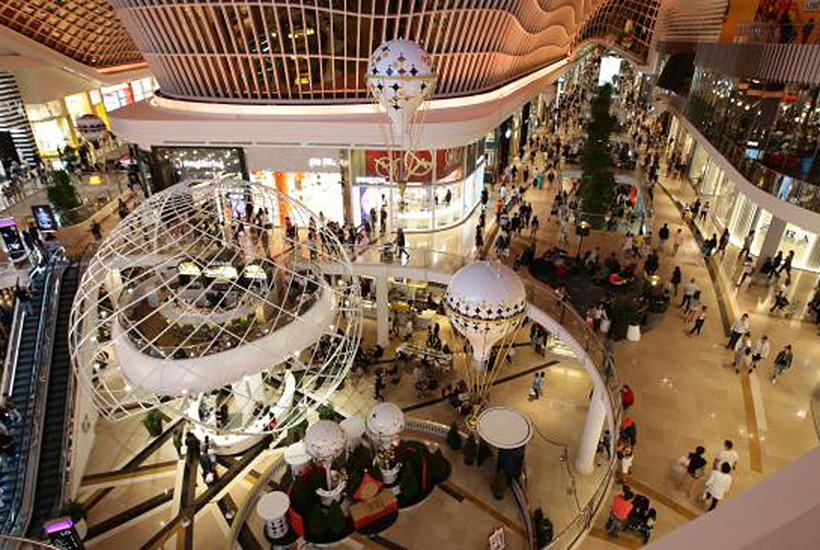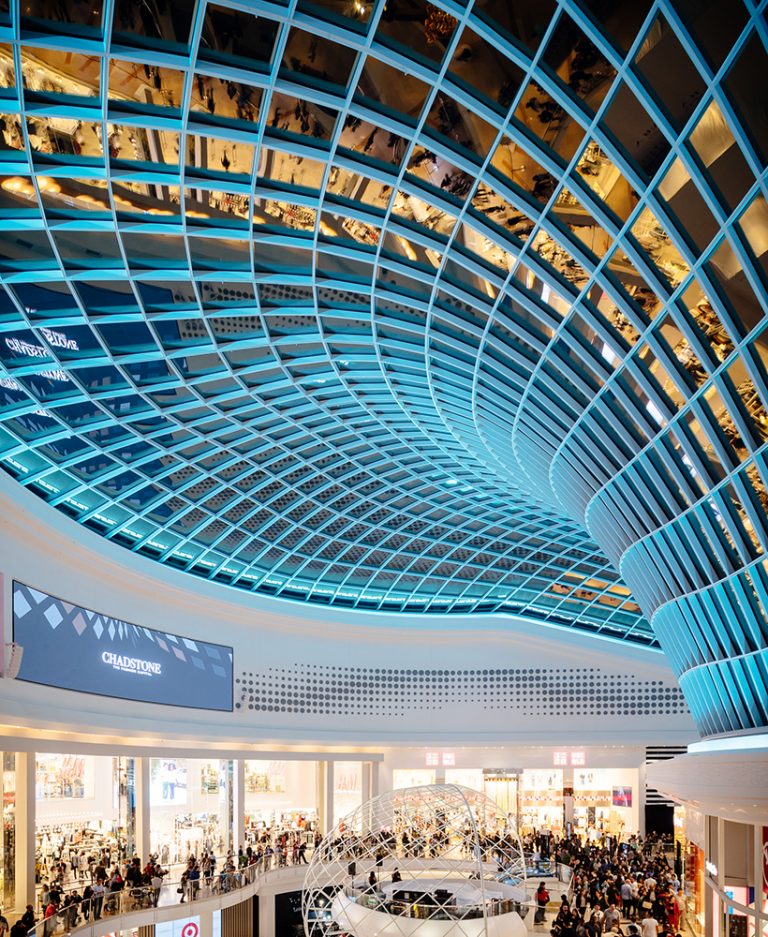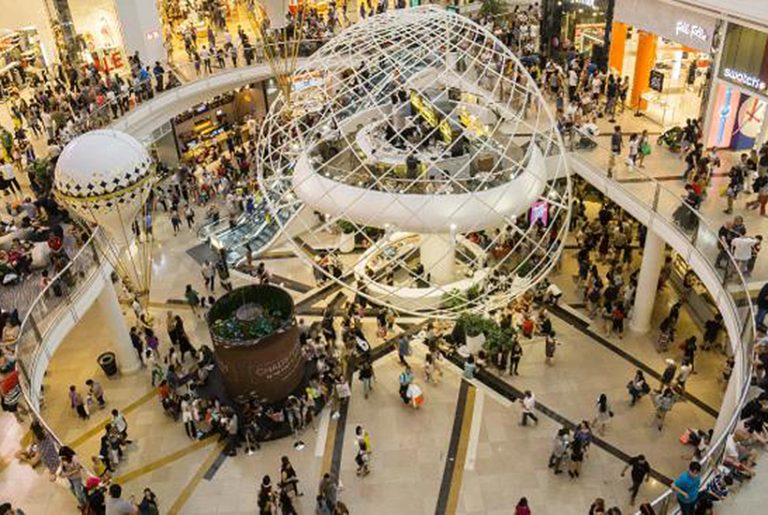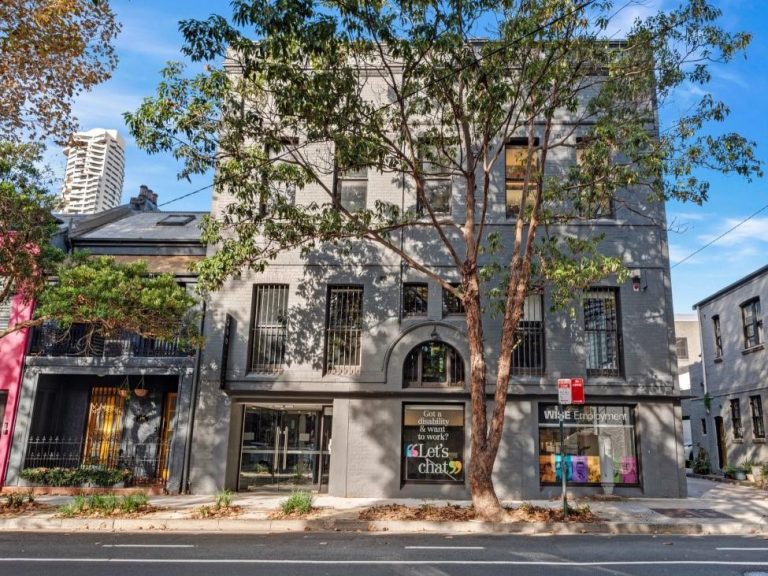Chadstone owner touts ‘luxury fightback’

Retail landlord Vicinity Centres is promoting itself as a luxury fightback story even though retail sales are yet to get a bounce from tax stimulus, interest cuts and a lift in house prices.
The company, like rivals Stockland and Mirvac that reported this week, says it is remixing its centres to deal with the impact of e-commerce, but investors have been rattled by Sir Frank Lowy’s sale of his remaining stake in local Westfield owner the Scentre Group.
Vicinity shares lifted 2.67% to $2.69 after it said top end retail outlets, led by new stores at premium shopping centres like Melbourne’s Chadstone, reported near 35% growth in moving annual turnover (MAT) in the September quarter, even as overall spending remains tight.
Commercial Insights: Subscribe to receive the latest news and updates
The shopping centre giant is still lumbered by middle-ranking centres, some of which it is looking to offload. But it is boosting its luxury goods exposure as the sales of top chains appear increasingly untethered from a broader, sluggish consumer economy hampered by uncertainty about jobs.
Some of the best categories in the quarter were leisure, which grew by 7.2%, driven by a 13.7% lift in sporting goods, with strong growth at Chadstone and Vicinity’s discount factory outlets.
Hairdressing and beauty also lifted by 5.2% and cafes and restaurants were up 8.6%, indicating consumers would still spend if enticed.
Specialty stores and mini-majors combined had MAT growth of 3% — a slight slip from the end of June — but this was underpinned by continued strong growth in luxury of 34.7%. Excluding the impact of store rollouts, same-store growth for luxury was a still healthy 5.1%.
“We are particularly pleased with the positive momentum maintained in specialty store sales growth during the September quarter, as we continue to execute on our strategy and further enhance the portfolio through active tenant remixing, and progressing our retail and mixed-use development opportunities,” Vicinity chief executive Grant Kelley says.
He also cites economic and market factors flowing through to retail in the period, including the housing market bounce.
“Lower interest rates combined with up to a $1080 reduction in income tax for low to middle income earners is forecast to inject financial stimulus into the Australian economy,” he says.
“House prices in Sydney and Melbourne are on the rise, population growth is high relative to other advanced economies and forecast supply of new retail space remains contained across the majority of Australian retail markets,” he says, noting a recovery in the WA centres.
But not all are convinced. Macquarie says total MAT sales growth slowed from 2.1% at June to 2%. Apparel, homewares and jewellery sales moderated, while food, homewares, general retail, leisure and mobile phones improved.
“Retail sales are yet to improve post stimulus measures. Further, with downward pressure on the distribution per share and a buyback program at a time of net tangible asset moderation, we retain underperform,” Macquarie says.
Across the portfolio, Chadstone was up 7% and the discount factory outlets had 4.2% growth, well ahead of the group’s “core portfolio” where growth was 2%.
This article originally appeared on www.theaustralian.com.au/property.







